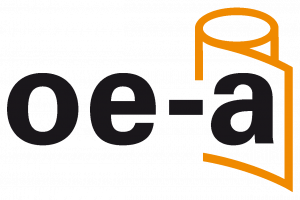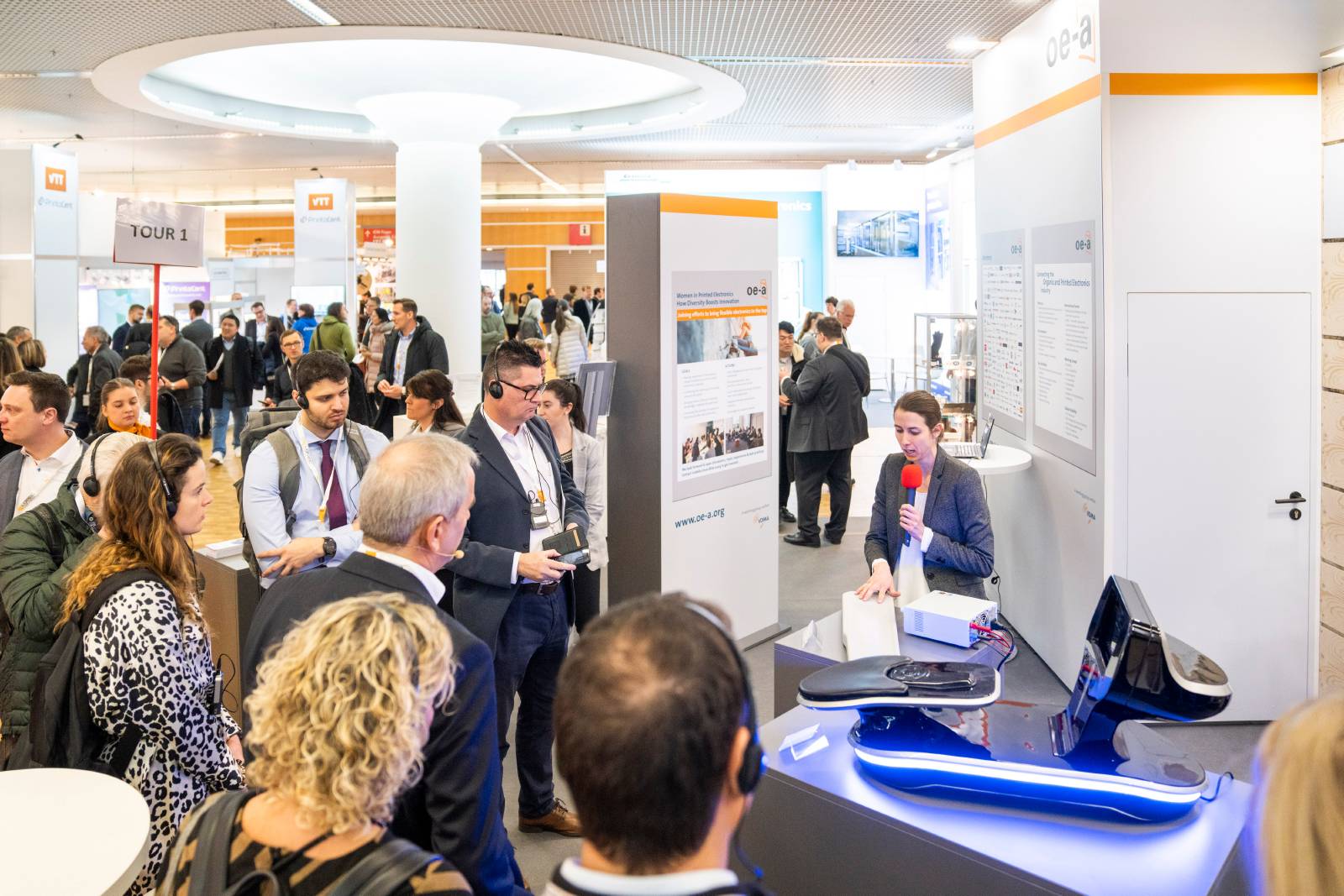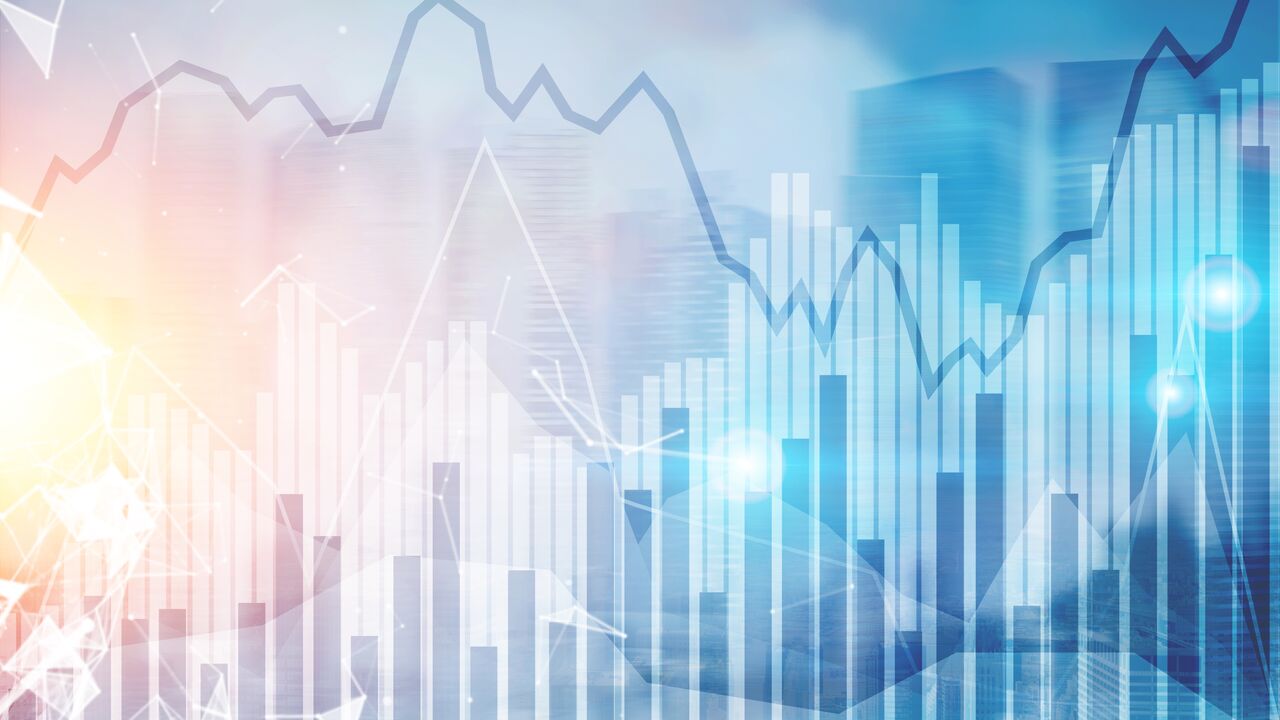
OPE journal: Mrs Wendrikat, Mrs Negele, what does sustainability mean for Henkel Printed Electronics (PE)?
Melanie Wendrikat: Printed electronics as a topic has been present at Henkel for quite some time – actually for more than four decades.
Nowadays, we are specialised crossfunctional team focussing on the technology of printed electronics. In this context, we like to use the term “business accelerator,” as we aim to grow the business of printed electronics beyond the traditional electronics market. With the ongoing IOT expansion across markets, we see printed electronics technology adding a lot of value to IOT applications. With respect to sustainability, I’d like to emphasise that we do see
that the technology itself can have a positive impact on the end applications. Following the Henkel Adhesive Technologies Sustainability Strategy we see technology as one important level when it comes to sustainability. We aim to drive sustainable development in order to shape a viable future for the next generations: More precisely, we see it as our responsibility to solve challenges related to sustainability by using our core competence in material science and our scientific know-how in bonding, sealing, coating and ink technology.
OPE journal: Can you briefly introduce to our readers some of Henkel’s PE-related products that are already available on the market?
Carla Negele: Mainly, our current portfolio consists of conductive silver, silver/silver chloride and carbon inks as well as dielectric inks that can be used in combination with the conductive inks. Most of our materials are designed for screen printing but we also offer products for high-speed printing techniques. Looking at the application areas our materials are covering a large range starting from healthcare, smart surfaces over antennas, where each product is tailored to its individual technical requirements. This set of materials enables many different applications across multiple markets.
M. Wendrikat: We like to stress that ‘printed electronics adds value beneath the surface’. The core technology is basically never seen by the eyes of the consumers. This also counts for a lot of other adhesives that our company provides. If you are looking for one specific application, I would like to use the example of leak detection. It has been a very recent development by our ecosystem partner LAIIER, utilising our printed electronics materials. They have developed a leak detection sensor, which includes a carbon-based technology from Henkel. The product consists of a detection strip that can be implemented into buildings to provide leak detection and early warnings to prevent damage. To crosslink back to sustainability, we see that the building environment is more and more gaining in importance: This is not only due to the topic of energy savings, but also structural health, which is crucial because we want to make sure that our infrastructural environment will have a longer lifetime.
“We see three different material
Carla Negele
trends in the market at the moment:
water-based materials, high-speed
printable inks, and high-performance
materials.”
OPE journal: How does Henkel Printed Electronics contribute to sustainability developments on a material technology level?
C. Negele: From a sustainability point of view, we see three different material trends in the market: water-based materials, highspeed printable inks, and high-performance materials. Looking at the first trend, most of our inks are currently thermoplastic solvent- based materials for screen printing. If you want to reduce the amount of organic volatiles, we cannot just replace the organic solvents by water, as thermoplastic polymers are not water-soluble. Instead, we need to develop new water-based materials, which are then based on polymer emulsions. Secondly, we focus on materials that are specifically designed for high speed-printing, which improves the process efficiency mainly thanks to lower curing temperatures and faster drying times. The third point concerns high-performance materials. From an R&D perspective, this is probably the most challenging, but also the most interesting one. We are constantly trying to improve our materials, for example by lowering the resistance of our conductive inks. This, as a consequence, enables the development of new products with better functionalities and lower material consumption decreasing the carbon footprint.
M. Wendrikat: On the one hand, we are on the level of working on our portfolio, as Carla just explained: How can we become more sustainable in terms of the actual material technology? However, we also need to consider the aspect of looking at the impact of the technology itself on the applications and market. We did this, for instance, with the previous example of the building, but I think there are many more. How can we also improve technology implementation? This is possible by using less material in the production, thanks to the fact that we have modified a formulation. Or how can we add more conductivity? For some applications, we might find ways to use less material, while generating more conductivity at the same time. In conclusion, we take a comprehensive view that includes the material, but also the processing, and even the end applications. We are working very closely with all our partners in the ecosystem, with us being the material technology provider. We are aware that with strong collaboration along the value chain, e.g. with printing partners like Quad Industries or technology solutions such as LAIIER, we can increase the impact when it comes to sustainability.
OPE journal: In a nutshell, you are highly R&D-driven and collaborative as a business?
M. Wendrikat: Yes, this is correct.
OPE journal: Can you name some examples where Henkel Printed Electronics contributes to sustainability on an application level?
C. Negele: 5G connectivity is gaining traction and we see a growing deployment of next generation systems and components like 5G antennas that can reliably manage high volumes of mobile data processing and accelerate data transfer. WE have developed a set of conductive inks that can be pad-printed onto curved surfaces, for example into the housing of a smartphone. With this additive technology our customers replace the former etching process, which allows them to reduce material waste. Additionally, the ink can be cured at low temperatures of around 80°C reducing the energy consumption throughout the printing process. Another example is smart adult care. Printed Electronics are used on a diaper to monitor the diaper saturation. A printed carbon sensor on the diaper is used in combination with a tailored hardware piece. In this project, clinical studies showed that the implementation
of this solution has a positive impact for care providers, mainly by reducing the consumption of incontinence products by around 25
percent, which for sure has a positive sustainability effect. The ink we developed is a high-speed printable, highly conductive carbon ink that can be applied in very thin layers, which is clearly beneficial in terms of sustainability. The product is applied via high-speed flexo printing and can be cured at low temperatures, which again leads to reduced energy consumption.
M. Wendrikat: The clinical trials we conducted for the smart adult care product showed us the impact that a smart solution can have on the usage of resources. Of course, we add a cost factor by adding something to the product that hasn’t been there before, however, its impact on resources, time expenses, or even enforcing a change of care is likely to outweigh the additional costs in impact. To add another example from the mobility space, I’d like to mention our printed heating elements. Here, we have several solutions in our portfolio, including single silver track heaters or silver carbon track heating elements, but also PTC – positive temperature coefficient – ink technology that we have developed. We can reach a whole range of different temperatures. From the market we see that heating solutions are becoming more important in e-mobility. The capacity of a battery can decrease with the HVAC system being turned on. Therefore, we see a lot of developments in the market going towards the integration of decentralised heating elements, for instance in the car interior. Printed foil heaters based on printed electronics offer the opportunity to create lightweight, flexible and uniform heating elements that are integrable beneath the surface.”
“We see the potential within printed
Melanie Wendrikat
electronics technology to provide
real change and opportunities to the
market.”
OPE journal: How will Henkel Printed Electronics aim to drive sustainability in the future?
M. Wendrikat: I would like to refer back to our overarching strategy: We see the potentials within technology to provide real change and opportunities to the market. We will continue to extend our portfolio. For instance, we started another collaboration with the company Copprint, which is offering copper
inks. We will continue to identify these new opportunities for the portfolio and for the benefit of our customers.
C. Negele: We are looking at the different sustainability aspects: from the end application and printing process to the material technology, the conductive ink itself. We see several opportunities to improve sustainability and to offer sustainability benefits to our customers. For instance, on the material level we are exploring the use of recyclable materials, especially fillers, as well as biobased renewable materials for solvents and binders.
OPE journal: How will sustainability be reflected at your LOPEC appearance in a few weeks?
M. Wendrikat: As we all know, LOPEC puts its focus once again on Smart Living and Mobility. Therefore we have also tailored our communication concept and our approach to these focus topics. We will showcase a range of applications positively impacting sustainability, such as the padprinted antenna. If we compare this new solution to the former etching process, it becomes evident how much less material we need to apply for this. In automotive and smart surfaces, we will showcase heating applications and leak detection sensors. We will also display our latest partnerships, technology innovations, and also end applications. We really want to showcase the transfer from the ink to theend product to truly visualise the impact of technology lying beneath the surface. We all use smart devices and smartphones, but for the most part we don’t recognise the PE elements within.





